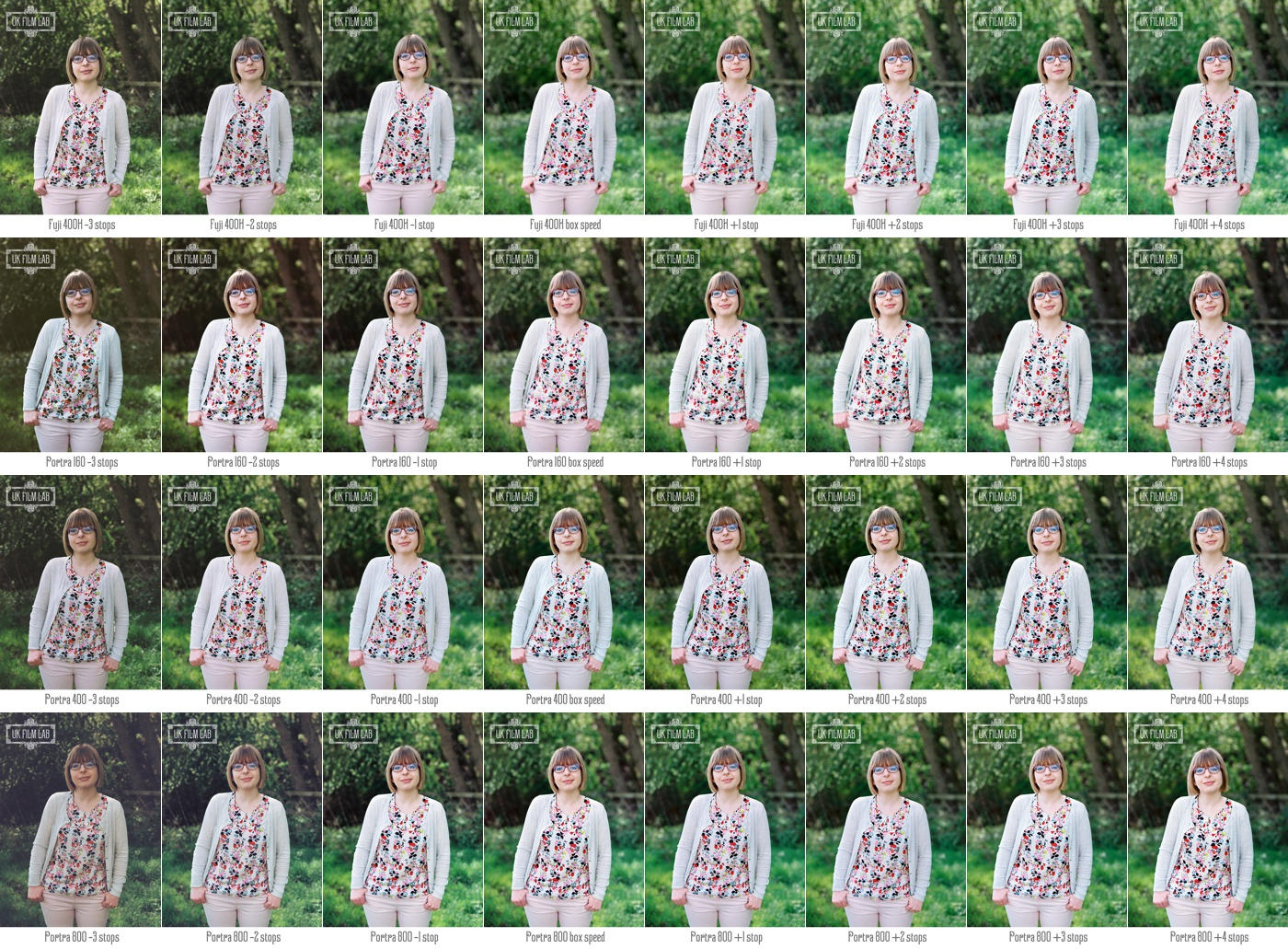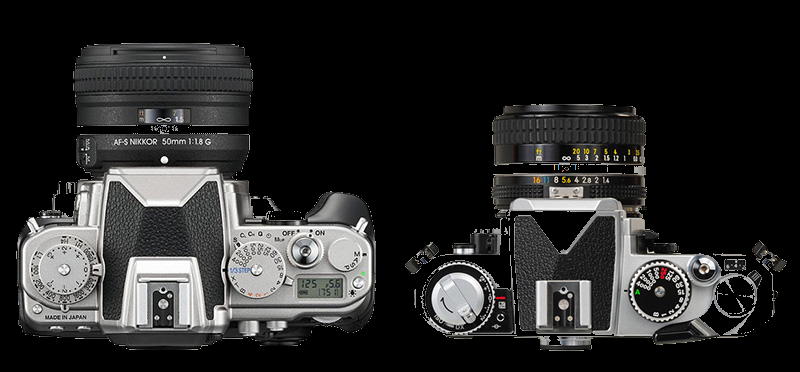Gregory’s Gear
- What’s in my bag?
- Shooting with film
- Post Processing
- More Nikon film cameras
- Lens compatibility
- Camera plans
- My lenses
- Fast digital bodies
- A smaller DSLR?
Film Cameras
Digital Cameras
- Nikon D500 – Birds
- Nikon D6 – Nature, fast action in any light
Stabilised Lenses
- Tamron 15-30mm f/2.8 VC
- Tamron 45mm f/1.8 VC
- Nikon 80-400mm f/4.5-5.6 VR
- Tamron 90mm f/2.8 VC Macro
- Tamron 70-200 f/2.8G2 VC
- Nikon 300mm f/4 PF VR
- Nikon 200-500mm f/5.6E VR
Non-stabilised Lenses
- Nikon 20mm f/2.8D
- Nikon 24mm f/2.8D
- Nikon 28mm f/2.8 AI-S
- Sigma 35mm f/1.4 Art
- Voigtlander 40mm f/2 Ultron
- Nikon 50mm f/1.2 Ai-S
- Nikon 55mm f/3.5 AI
- Nikon 85mm f/1.8D
- Nikon 28-105mm f/3.5-4.5D
- Nikon 180mm f/2.8D
Film stocks
Shooting with film
Digital imaging is so advanced now that products such as DxO Filmpack can recreate many classic analogue effects, but I still prefer to load my own film.
Almost all my tourist photography is on film with Nikon SLR cameras. I enjoy taking care that every shot has a high chance of success. Rather than shoot 400 digital images during a day out I shoot a roll or two of film, ending up with about the same number of keepers.
I level and crop my film scans later with DxO Photolab. On the odd occasion when fluorescent or other indoor lighting gives me weird colour casts that DxO can’t quite correct then I use Graphic Converter. This comprehensive and remarkable inexpensive image manipulation package has a automatic white balance filter called Xe8472 that has fixed all my colour problems in final jpegs.
My local camera store stocks over 20 varieties of B&W and colour films so I see a strong future for film photography. They offer 1 hour developing with high quality scanning by people who care. For B&W I may purchase one of these. It depends on whether Iford XP2-Super will work for me.
I bought my first Nikon film camera, a lightweight F75, for $50 on eBay. The battery grip cost more than the body but is recommended. It uses AA instead of lithium CR2 batteries and has a lockable vertical release button. The grip gives a secure hold with large lenses.
I also tried an F80 and the pro-level F90x before deciding to buy the best and save up for an F6. Read my F6 review.
It has modern features such as colour 3D matrix metering, bracketing, Group Dynamic AF, a rear AF‑ON button, Exif type data storage for 31 films, with Nikon VR and Tamron VC support (Sigma OS works but is very heavy on batteries). This is the best film camera I have ever used. Nothing else in my experience matches the finesse and transparent functionality of the F6.
John Crane will introduce you to this legendary camera. Also view the 500px F6 site.
I also purchased an F3 in new condition, a dream camera I use for outdoor stationary subjects. Combined with manual focus Nikon AI-S lenses this is a particularly easy camera to shoot. The viewfinder is huge, bright and has a split screen for accurate focus with fast glass. I doubt you will find a smoother film winder or shutter release on any SLR. Read my F3 review
More light generally improves film quality. Here are the compensation values I use on film cameras. Exposure Index values are ISO settings for cameras without compensation dials.
| Box | Comp. | E.I. | |
| Fujifilm | 1600 | +1.0 | 800 |
| Portra | 800 | +1.0 | 400 |
| Portra | 400 | +1.0 | 200 |
| Portra | 160 | +0.3 | 125 |
| Ektar | 100 | +0.3 | 80 |
| Ilford XP2 | 400 | +1.0 | 200 |
My advice for beginners is to use ISO 400 or 800 film with a compensation of +1, equivalent to setting the meter at ISO 200 or 400.
Advanced photographers can learn more about film metering from Johnny Patience and Christina Blanarovich.
Nothing bad will happen if you let in too much light. This image from Canadian Film Lab shows the latitude of modern films.
If you are starting in film then the F90x is an excellent choice. It does not activate vibration control on modern lenses but is otherwise a sensational camera with manual focus or AF-D lenses. Just keep your shutter speeds up! For many years this was my main camera.
Note: No Nikon film camera nor early generation digital body will work with the latest Nikon E or AF-P lenses. These only work on digital cameras made after 2014.
Post Processing
I am quite fortunate to have access to excellent scanning from my local camera shop. Saturation, contrast and exposure are always perfect in their 19MB scans.
I use DxO Photolab for any adjustments. Usually it is enough to move the DxO Clearview slider a little, fix chromatic aberrations for some older lenses then crop to taste.
With Portra films I reduce the red and cyan colour channels a little for images taken under a bright blue sky, otherwise I usually leave the white balance as Kodak intended.
As my lens collection increases I try to use the right focal length for each situation so I can minimise cropping to retain at least 8MP images at 3840x2160 pixels (4k resolution). DxO uses a combination of a sharpening profile for each lens and a bicubic resizing algorithm to maintain excellent levels of detail.
When I keep my crops above 12MP I have more than enough for occasional A3 prints. I am puzzled by the incessant race for more and more megapixels for general photography. Really, how common are screens with a vertical resolution of 6336 pixels to match a Sony A7R IV? The newest 8k TVs are only 7,680 x 4,320.
For images where zooming in to show more detail in an interactive exploration rather than simply viewing a complete image then more resolution is clearly an advantage. Astrophotography might be an application although tightly packed pixels are often noisy at high ISOs. Ultra high resolution photography is specialised work but not for me at present. However I concede that it can be fascinating when resolution reaches gigapixels instead of merely megapixels. Have you ever zoomed in on The Night Watch?
More Nikon film cameras
Compatibility between bodies and lenses from different eras is the reason I shoot Nikon. With a little research you can match most Nikon full-frame (FX) lenses with some model of film or digital body.
I currently use F3, N75 and F6 bodies but there are many others available on eBay. They vary from fully mechanical models to modern matrix-metering autofocus cameras with advanced features for experienced shooters.
Meditative photographers shooting landscapes, available-light portraits, city scenes and other outdoor, mostly static, subjects might enjoy a classic mechanical body such as the legendary F3 or smaller FE2. If you are comfortable with a fully manual mechanical camera then the FM2n is a solid design and a popular choice.
Cameras over 20 years often have failing door seals. Light eventually leaks in as the foam degrades. Some models will also have an ageing mirror foam shock absorber. A competent camera repair shop can fix these.
The more modern FM3A is as good as it gets for manual-focus film cameras but the market has been skewed by collectors pushing up prices.
An F3, FE2, FM2n or FM3A and a collection of AI-S primes makes a highly capable kit. Some AI-S models were still in production into the 21st century.
You can build a practical range of compact AI-S primes all with 52mm filters, useful for B&W photography. “Olde School” perhaps but for subjects that don’t move much this can be an exceptionally rewarding type of photography.
A classic manual kit would be something like an F3 with AI-S 28mm f/2.8 and 85mm f/1.8D lenses. There are good reasons why the F3 was in production for over 20 years. The FE2 is a superb, smaller alternative.
If you are after the last micron of sharpness in manual-focus lenses then the Zeiss Milvus range will please your eye, lighten your wallet and build your biceps at the same time.
Samyang offers excellent manual focus lenses at far less cost than Zeiss. They also have manual aperture rings so can be used on most Nikon cameras, film or digital.
Nikon made many different film cameras. For example, if you prefer a fully auto-exposure Program Mode with AI-S lenses then the FA or the smaller FG may suit you. Just point, focus and shoot. Again, check those light seals!
Motor drives are available for mechanical cameras but for me these add weight that rather spoils the experience. Then again, with portraits it is often the expression you see a split second after the first click that you really wanted.
For action photography with older autofocus AF-D type lenses then the F5 is a winner. Gareth Buckett has an F5 site about this super-fast film body.
The F5 is heavy with a long sports lens, but if you need to capture little Sally sailing over a high jump then the F5 will nail it every time.
Nikon sold a “Lite” version of the F5, the F100, a most capable camera for experienced film shooters. Like the F5 it will run with all manual and autofocus lenses.
For a mixed collection of AI-S and AF-D lenses then the F801, F90x or F4 are good choices for their balance of features and lens compatibility. Old lenses are plentiful on eBay and these cameras will get the best out of them.
The matrix meters on the F801, F75, F90x, F100 and F4/5/6 are almost foolproof. Bright overcast skies with no blue patches will cause underexposure so open up a stop to compensate. Matrix won’t work for B&W film photographers who use filters — stick to centre-weighted metering.
Lens compatibility
Sharing lenses between film cameras and full-frame (FX) digital cameras is obviously a good idea. Nikon has excellent backward compatibility in the D3/4/5/6, Df, D500, D610, D7xx and D8xx. These allow you mount and meter any film era lens, manual or autofocus.
The Nikon Df DSLR is a lens wizard, metering with any manual or auto lens made since 1959 except for the weird, long-extinct fisheye with a tube that inserts into the body of the camera.
No other camera in the world works with lenses made over a span of almost 60 years. Ultra modern lens designs with electronic aperture controls (E) and silent high-speed autofocus motors (AF-P) won’t work on any film camera nor on older Nikon digital cameras but they work just fine on a Df.
The final generation of film bodies (F75, F80, F100, F5 and F6) will activate vibration reduction and run with Nikon G autofocus lenses. This forward compatibility makes them excellent film companions to digital bodies. These can share autofocus Nikon FX lenses plus Sigma DG, Tokina FX and Tamron Di.
Only the F100, F5 and F6 can run manual focus lenses plus D, G and VR autofocus lenses. My F6 takes beautifully exposed images with every type of FX manual or autofocus lens sold by Nikon, Tamron and Sigma since 1977 except for recent E and AF-P lenses. Read more about Nikon lens types.
Long, complex charts exist online for matching the correct lens series with each Nikon film and digital body. The most comprehensive are by Ken Rockwell and Nikonians.
My simplified chart shows whether a particular combination gives Auto or Manual focus. Only film cameras I own or would buy are included. Nikon has of course made many others. Orange text indicating manual focus only.
On some cameras you have to turn the focus ring yourself even if the lens is an autofocus design. Early cameras may only offer centre-weighted metering (good actually, just keep the sky out of the frame as you set the exposure) while later cameras will include smarter matrix metering and more exposure modes with the same lenses.
| AI-S | Aperture Indexing. Smallest number on the aperture ring is orange. |
| Ai‑P | Manual focus with electronic exposure. Program mode is possible. |
| AF‑D | Autofocus with distance information for better flash photography. |
| AF‑S | Autofocus motor built into lens itself, not inside the camera body. |
| G | No aperture ring. Changes are made electronically from the camera. |
| VR | Vibration Reduction in lens mitigates camera shake. |
| AI-S | Ai‑P | AF‑D | AF‑S | G | VR | |
| F3 | M | M | M | M | ✘ | ✘ |
| FE2 | M | M | M | M | ✘ | ✘ |
| FM2n | M | M | M | M | ✘ | ✘ |
| FA | M | M | M | M | ✘ | ✘ |
| FM3A | M | M | M | M | ✘ | ✘ |
| F801 | M | M | A | M | A | ✘ |
| F4 | M | M | A | A | A | ✘ |
| F90x | M | M | A | A | A | ✘ |
| F5 | M | M | A | A | A | A |
| F100 | M | M | A | A | A | A |
| F80 | ✘ | M | A | A | A | A |
| F75 | ✘ | M* | A | A | A | A |
| F6 | M | M | A | A | A | A |
| * Lens mounts but manual focus is poor. | ||||||
The most capable cameras here for avid film photographers are the F5, F100 and F6 which all accept every Nikon lens made from 1977 to 2014.
The only anomaly is the F801 which must be manually focused with AF-S autofocus lenses. On the plus side this keeps the price down on this otherwise excellent camera. You do get autofocus with AF-D lenses, and G lenses will work in Program mode.
Ai‑P lenses are particularly useful. The tiny Voigtländer 40mm f/2 is brilliant. I have written a review of this excellent pancake lens.
You can’t go wrong with AF-D lenses. On manual cameras they focus manually of course. On autofocus cameras you get more consistent exposures as you move to more modern bodies.
AF-D lenses are not quite as smooth to focus manually as AI-S but they will do they job on any film camera. If you wish to manually focus an AF-D on an auto-focus body you must first disengage the screwdriver coupling between the body and the lens by moving a switch on the lens itself.
Camera plans
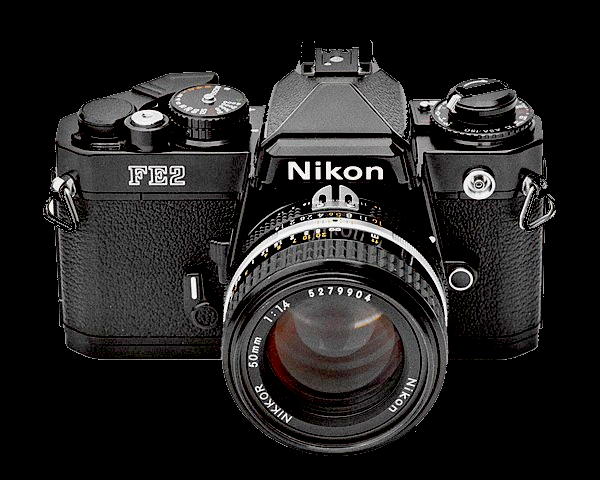 An FE2 is on the cards for when I need something compact with Aperture-preferred metering. Coupled to the tiny Voigtländer 40mm f/2 or 28mm AI-S f/2.8 this would be a superb outdoor camera. Here is a comparison between the F3 and FE2.
An FE2 is on the cards for when I need something compact with Aperture-preferred metering. Coupled to the tiny Voigtländer 40mm f/2 or 28mm AI-S f/2.8 this would be a superb outdoor camera. Here is a comparison between the F3 and FE2.
The more gear I have the more I think about photo opportunities to take advantage of the particular strengths of the various cameras and lenses I have.
I find it rewarding to plan a photo trip, selecting film type, camera body and lenses for the venue. I have used an FM2n, F3 and F6 recently and enjoyed them all in different ways.
When shooting stunt riders and race cars I can see a place in my bag for an F5 when I want to double tap riders at the height of their trick or run a burst of exposures at the start of a race. I imagine the F5 50th Anniversary model firing 7.4fps and think “Maybe next pay day.”
My lenses
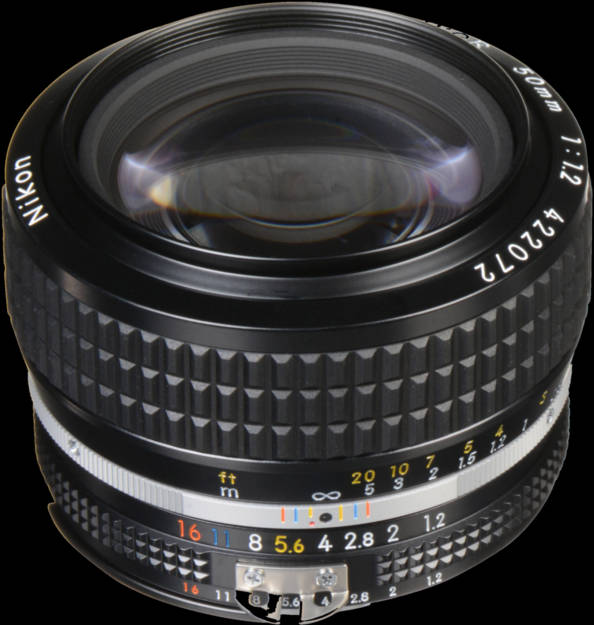 When outdoors I have a set of classic Nikon lenses: 20mm f/2.8D, 24mm f/2.8D, 28mm f/2.8 AI-S, 50mm f/1.2 AI-S, 85mm f/1.8D and 180mm f/2.8D.
When outdoors I have a set of classic Nikon lenses: 20mm f/2.8D, 24mm f/2.8D, 28mm f/2.8 AI-S, 50mm f/1.2 AI-S, 85mm f/1.8D and 180mm f/2.8D.
I also use a tiny Voigtlander 40mm f/2 that operate as an "Ai-P" lens with full aperture reporting for use with all exposure modes.
The 50mm f/1.2 lens is Fuzzy as a Muppet™ at f/1.2 due to veiling flare and has significant vignetting. It is however excellent from f/2.8 onwards.
All these, including the manual focus 28mm and 40mm will work with colour matrix metering on the F6. I can also use them on the F3.
I was initially impressed with the Sigma 24-105mm f/4 on my F6. The OS (VR) was sensational. Outdoors there were problems. Depth of field, distortion, edge softness, reduced contrast and colour fringing all concerned me. Battery life with OS was a major issue.
I sold the zoom and tried Sigma 24mm f/1.4 that was world class at f/2.0 but still not what I was looking for. I now have a Tamron SP 15-30mm f/2.8 VC and Tamron SP 45mm f/1.8 VC for the F6 and really enjoy my hobby. The superb Tamron vibration control makes them useful in all lighting conditions.
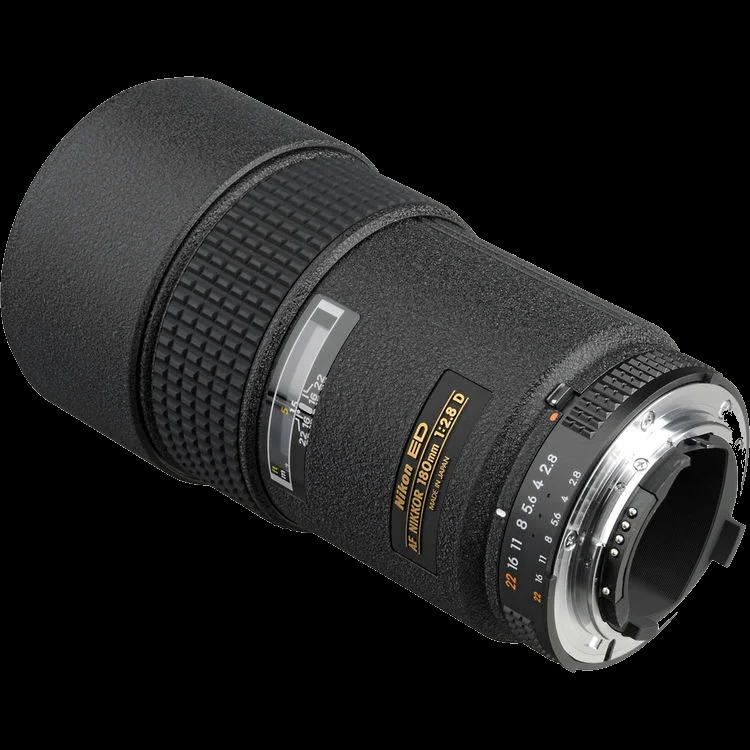 For longer reach I purchased the 85mm f/1.8D and 180mm f/2.8D. The 180mm is a particularly fine lens. With judicious use of the colour fringing tool in DxO it is right on par with my more modern lenses.
For longer reach I purchased the 85mm f/1.8D and 180mm f/2.8D. The 180mm is a particularly fine lens. With judicious use of the colour fringing tool in DxO it is right on par with my more modern lenses.
My most recent lens purchase for both film and digital is the outstanding Nikon 80-400mm f/4. This gives me a 15mm to 400mm range with modern optics and Vibration Reduction for the F6.
If I am restricted to a single body and lens due to weight considerations I carry the F3 with the Nikon 28-105mm f/3.5-4.5D at f/8 as a walk-around, sunny day lens. At such time I can honestly say I don’t miss the complexity of modern cameras. The F3 is refreshingly simple to use: imagine, frame, focus, shoot. Pure photography indeed.
Fast digital bodies
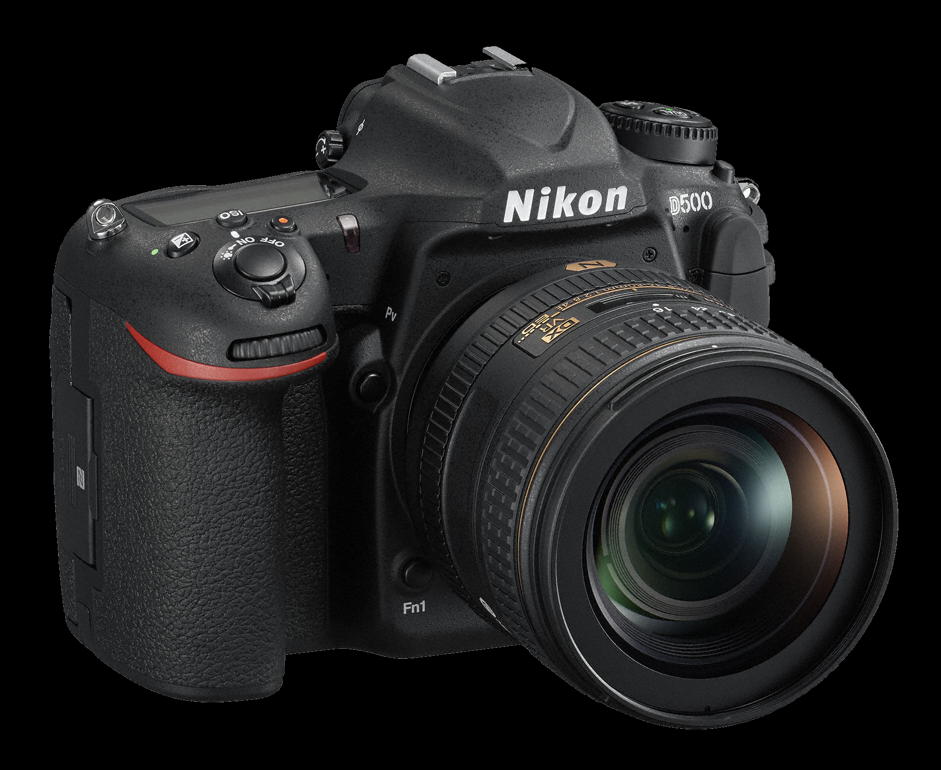 For rapid fire action shooting where film is a non-starter and 10+fps makes a difference I purchased a D500 and a Nikon D6. These still have those crazy menu banks that can’t be saved but they are solid performers in other respects. I have had several rewarding outings at bird sanctuaries and air shows where my Nikon 200-500mm f/5.6 on the D500 has proven to be a brilliant performer.
For rapid fire action shooting where film is a non-starter and 10+fps makes a difference I purchased a D500 and a Nikon D6. These still have those crazy menu banks that can’t be saved but they are solid performers in other respects. I have had several rewarding outings at bird sanctuaries and air shows where my Nikon 200-500mm f/5.6 on the D500 has proven to be a brilliant performer.
I used the F3 for stationary shots of planes then switched to the D500 with the long zoom for flight shots. A Backrapid Curve Breathe Sling attached to the lens tripod foot of the Nikon 200-500mm f/5.6 makes it easy to carry two cameras.
The D500 allows me to set group focus on the AF-ON button, single point focus on the shutter button and closest subject over the entire frame with a press of the joystick. I can be close in on a bird at rest, then zoom back and instantly select either of the wider focusing modes for birds in flight.
Mark Smith explains one method of setting up D500 focus options. I use one of the other possible combinations. Mark’s YouTube channel helped me decide to buy the D500.
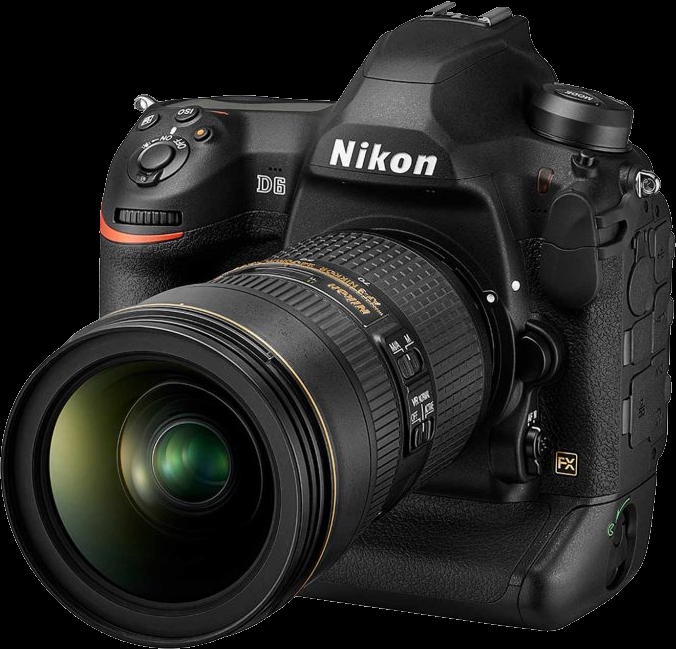 The D6 is everything I ever wanted in a camera. Solid and comfortable in my hands, a vertical grip moulded into the body, well thought out controls and the best high ISO quality of any current Nikon. Coupled with a Tamron 70-200mm f/2.8 or Nikon 300mm f/4 Phased Fresnel lens this is an unbeatable camera for me.
The D6 is everything I ever wanted in a camera. Solid and comfortable in my hands, a vertical grip moulded into the body, well thought out controls and the best high ISO quality of any current Nikon. Coupled with a Tamron 70-200mm f/2.8 or Nikon 300mm f/4 Phased Fresnel lens this is an unbeatable camera for me.
I can use the D6 at outdoor circuses, high-speed sports, open range zoos, for birds and insects, and indoor action such as gymnastics, basketball or dance.
Some D6 reviews compared it to a Z9, citing fewer movie modes as a major difference but I have an iPhone 14 for video. The Z9 has more pixels than I can possibly view or print, is noisier in very low light and uses five times as much power... Also I cannot use my classic film-era lenses on the Z9. After careful thought I chose the D6 as a better camera for me. I have not been disappointed.
The D6 allows me to try new ideas that film cameras simply cannot attempt. Important features include:
- an endless buffer at 14fps with full focus tracking
- 10.5 fps silent shooting mode
- electronic front-curtain shutter
- 105 cross sensors with custom closest subject areas
- eye AF in 3D tracking and Auto AF area modes
- instant switching of major functions using a global Recall Setting
- focus stacking
- in-camera HDR
- illuminated controls for night work
- long exposures of 15 minutes
- built-in WiFi to my home network
- Bluetooth connection to my phone
- GPS data logging
- speedy CFexpress cards
- a weather-proof body
This camera has enough to interest me for a long, long time. I can share all of my F3 and F6 lenses with my D6. Even older manual focus and "D" auto focus lenses give me outstanding results with a little post-processing in DxO PhotoLab. Traditional deficiencies such as colour fringing, distortion, corner softness and vignetting simply disappear, leaving me with vibrant images from smaller and less expensive glass.
Read Nikon’s D6 promotion page.
A smaller DSLR?
As a compact kit for museums, aquariums, indoor exhibits and “available-darkness” I am interested in a small full-frame digital body with simple classic controls and compatibility with all legacy DSLR lenses.
Such a camera would need brilliant performance in the ISO 12,800+ range. The last aquarium I visited was exceedingly dark. This type of sensor in a Nikon FE2 size body, or smaller, would be ideal, along with a minimum of controls and perhaps an EVF.
Nikon used to understand that many photographers want to control the shot, not be controlled by the camera. Even those of us with no pretence of creating Art or commercial images would rather spend our time looking though the viewfinder, not stumbling through dozens of clumsy menu items.
Shooting an FE2 with a Voigtländer 40mm f/2 was a revelation. Simple, fast and immensely enjoyable. I felt I was taking pictures, not driving a camera. The only things I needed to think about were framing and focus. See the results. Since the light did not change while I was shooting I could have had the same experience with an FM2.
Nikon doesn’t make small FX DSLRs. Compare their smallest DSLR, the Df (left) with the FM3A. Sensor thickness is a limiting factor, resulting in lenses set much further forward.
Sometimes I just want to take pictures, not cycle through endless menus. The four-bank menu system on Nikon professional models has no Revert to Save ability, making it impossible to track which settings have been changed in the field.
My small DSLR wish list is:
- AI-S, Ai‑P, AF‑D, AF‑S, G, VR, E, AF-P
- Shutter speed dial to 1/4000 plus A
- U1/U2 user settings dial
- ISO dial with A setting
- Silent shutter option
- Better focussing screen at f/1.4
- D6 full-frame sensor
- External controls with fewer menus
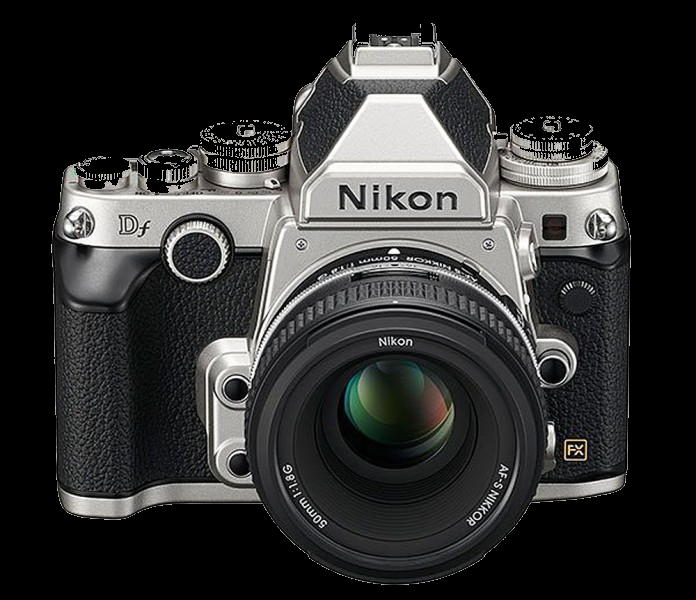 This is not all that far from the Nikon Df. They nearly produced the real deal here for still photographers. The sensor is so good it almost outweighs the awkward interface. Perhaps the new mirrorless series will solve my problems although I would lose lens compatibility.
This is not all that far from the Nikon Df. They nearly produced the real deal here for still photographers. The sensor is so good it almost outweighs the awkward interface. Perhaps the new mirrorless series will solve my problems although I would lose lens compatibility.
Even if the Df is never updated I may yet buy one. 16mp is not quite enough for glossy double page magazine spreads and coffee table books, but it’s more than enough for a 4K screen, which I still don’t have.
As I write this it is still an excellent choice for unobtrusive indoor photography. The Df is not a low light action master like the D6 and yet it has a better-than-average viewfinder for manual focussing and is half the weight of a D6 (765g vs 1450g).
Modern fuzzy viewfinders drive me nuts! It’s been decades since Nikon had cameras that could show depth of focus changes from f/1.4 to f/2. A compact FX that displayed a split screen focus circle when focusing manually would be welcome.
Small DSLR manual lenses combined with DxO processing can give excellent results without the extreme weight of many modern designs. The Zeiss Otus 28mm f/1.4 weighs 1350g (48oz). Nikon’s current 28mm f/2.8 AI-S (also manual focus) is only 205g (9.7oz). At f/8 there isn’t a lot of difference in quality. 😉
2022 update: The mirrorless Z6II is a solid contender for the best available low-light camera from Nikon, short of a D6. Combined with new generation Z f/1.2 lenses the Z6II looks to be an excellent tool for aquariums, museums and night photography. For those not invested in DLSR lenses the Z6II is a very fine choice.
